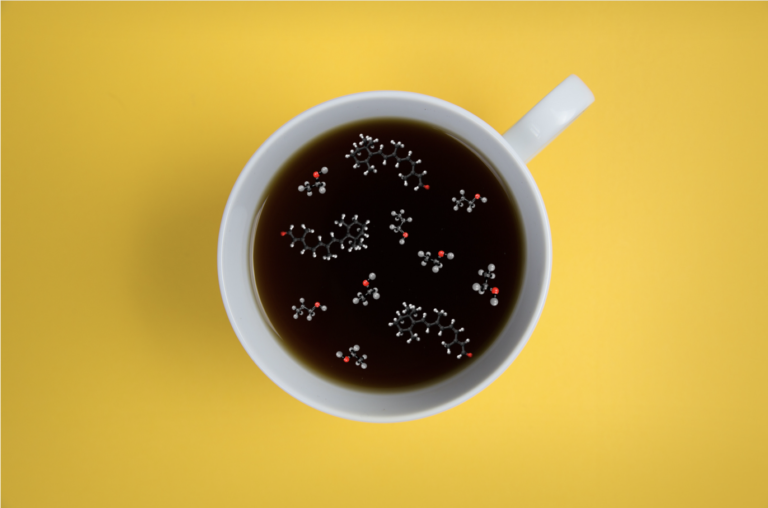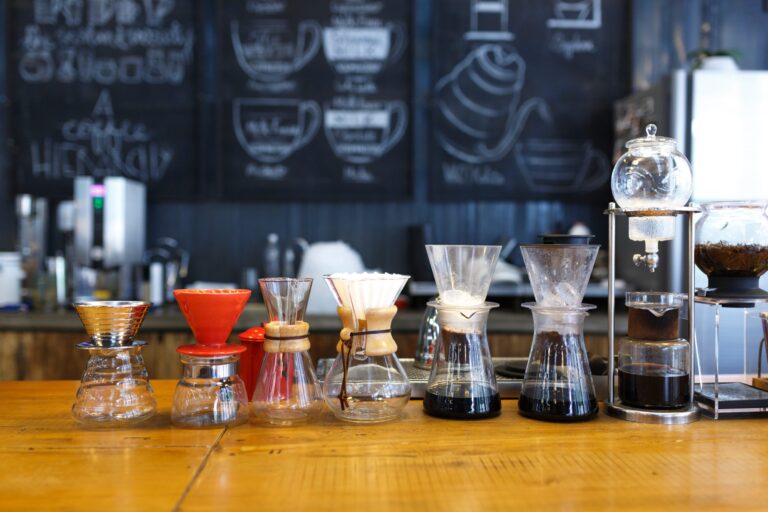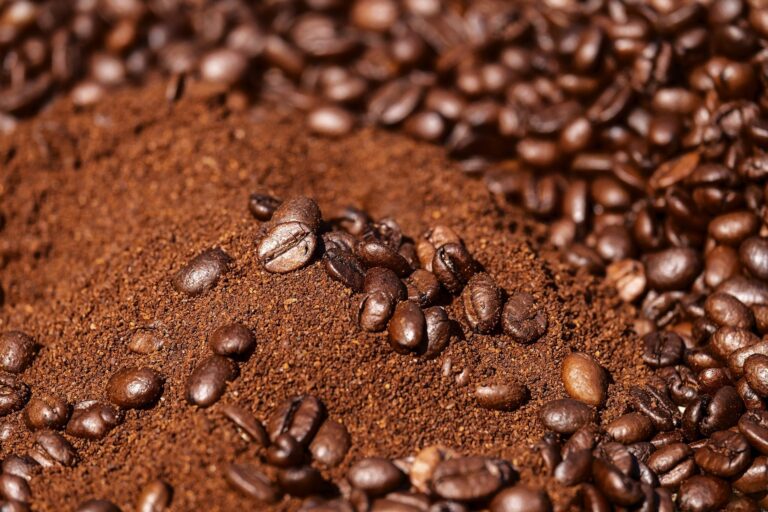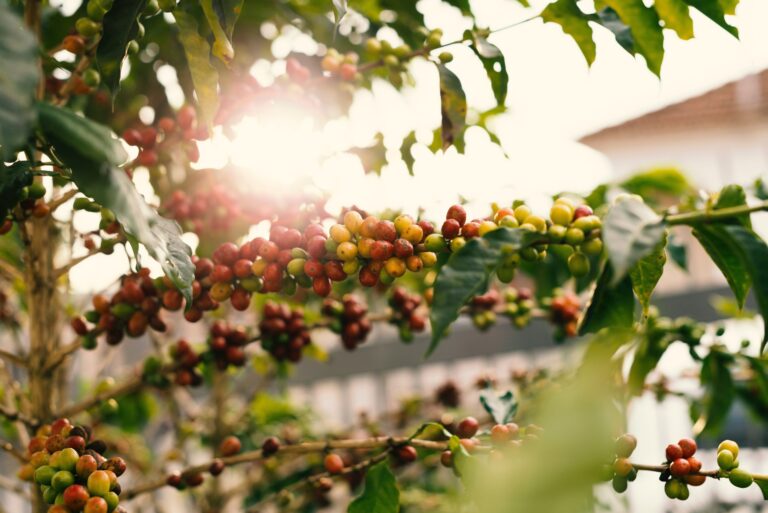One startup plans to brew coffee without the beans


How do you order your coffee?
Maybe you ask for a dash of milk or cream. Perhaps you even specify how many sugar packets you want.
But, have you ever stopped to ask why we even cut your coffee with these added ingredients?
I’m guessing for most of us, it’s probably to mask the bitterness or any other off-flavors in the brew. To dull the parts of the beverage we don’t enjoy while still getting the caffeine. At least that’s an important part of my morning routine.
Now, this makes sense. I mean coffee is a natural product derived from the beans of the Coffea plant. While we can control how the beans are harvested and roasted, there’s still plenty of factors that are left to nature.
But, what if coffee could be made without the beans?
Instead, each component of the brew could be handpicked to give the perfect flavor, aroma, and mouthfeel in every cup. No variation. Just a smooth cup of coffee that’s been assembled molecule by molecule.
This is molecular coffee.
Developing the first molecular coffee


The idea of molecular coffee was proposed by the startup Atomo Coffee based out of Seattle Washington. They choose to look at a coffee a little differently.
Instead of thinking of coffee as the product of coffee beans, Atomo sees it as simply a black liquid containing hundreds of chemical compounds that give the product its characteristic flavor and aroma. Some of these flavors we enjoy, like nutty or caramelized, while others make us cringe.
And if coffee no longer relies on the Coffea plant, any unfavorable components like those acidic or bitter tones could be eliminated. That means no more milk, cream, or sugar needed to tame these off-flavors.
The only bad news is, the process of creating molecular coffee is not going to be a short journey.
First, Atomo has to map out all the chemicals in “normal” coffee from the bean. This could be thousands of different molecules.
Next, Atomo needs to decipher which molecules are important for the flavor, aroma, color, and body of the coffee. This is no easy task considering there’s estimated to be 800+ compounds responsible for the characteristics associated with coffee. And who knows how many other compounds are present, but play no role at all.
To complete this feat, Atomo has been busy in the laboratory using methods like gas and liquid chromatography to help them pinpoint what molecules are in coffee and which are critical to its quality.
The science


Chromatography is a fancy word for a separation technique, which allows a complex mixture, like coffee, to be separated into more basic compounds. Essentially, the mixture is shot through a long column that divides the molecules based on some property like size, charge, shape, or interaction.
Once the molecules have been separated by the chromatography system, further tests can be used to identify each compound.
For example, the molecular weight can be measured using mass spectrometry or you can look at how each molecule interacts with light by using UV-Vis spectroscopy. Every test helps to create a profile for each compound and provides hints as to which molecules are present in the coffee extract.
Not only will compounds need to be identified, they’ll also need to be screened for their importance in flavor and mouthfeel. This would allow Atomo to remove any off-flavors and include only the desired compounds in their product.
With a list of flavor molecules needed to create the perfect brew, their plan is to locate other plant-based sources that contain these same molecules and extract them for production. For example, caffeine is not only found in coffee beans, but also the cacao tree, yerba mate, and kola nut.
What replaces coffee grounds?


One of the biggest challenges may be finding a material suitable to act as imitator coffee grounds.
Even with the flavor profile nailed down, there must be some substance that can hold onto the different flavor and aroma compounds during production and storage, but let them be extracted when steeped with hot water. In other words, the new material should cling tightly, but not too tightly to the flavor and aroma molecules.
Another obstacle is ensuring that this inert material is crushable. It’s the small particle size of coffee grounds that results in a large surface area making it easy for the hot water to extract any flavor, aroma, and caffeine.
Currently, Atomo has not disclosed what the grounds will be composed of, but says they are considering by-products from other industries like watermelon seeds and sunflower seed husks.
Why?


Atomo coffee may be entering the market at just the right time. The coffee plant is extremely sensitive and demanding to cultivate. And it’s not responding well to climate change.
Historically, the coffee plant has only been able to grow between 20° degrees above the equator to 20° below the equator. Here, the plant remains in its optimal temperature of 18–21°C (64–70°F) for most of the growing season.
When grown in slightly higher temperatures like 23°C (73.4°F), the beans develop and ripen at an accelerated pace, resulting in less complex flavor and aroma compounds accumulating. More extreme temperatures slow the growth of the plant and tend to increase the incidence of abnormalities like tumors or yellowing of leaves.
With rising global temperatures, the land occupied by coffee farms is becoming more unsuitable with each growing season. This has led to increased deforestation as more farmers move to higher altitudes (lower temperatures) to stay in the optimal temperature zone for growing coffee plants.
It’s estimated that by 2080 the amount of suitable climate area for growing coffee will be reduced anywhere from 38%, to a less favorable outlook of 90% reduction. Needless to say, the future of the Coffea plant is not looking good and molecular coffee could be a sustainable alternative.
If you’re interested in trying the world’s first molecular coffee, Atomo plans to launch their first brew in 2021. The company is experimenting with a variety of coffee products including pods, coffee grounds, and a canned cold brew.
Although coffee seems to be the first food or beverage that’s being broken down molecule by molecule, only to be reassembled into a better version of itself, that doesn’t mean the molecular trend stops there.
This could very well be the beginning of molecular foods and drinks. Any product that is typically made from a natural source is free game. It may be only a matter of time.


One Response
Very interesting!